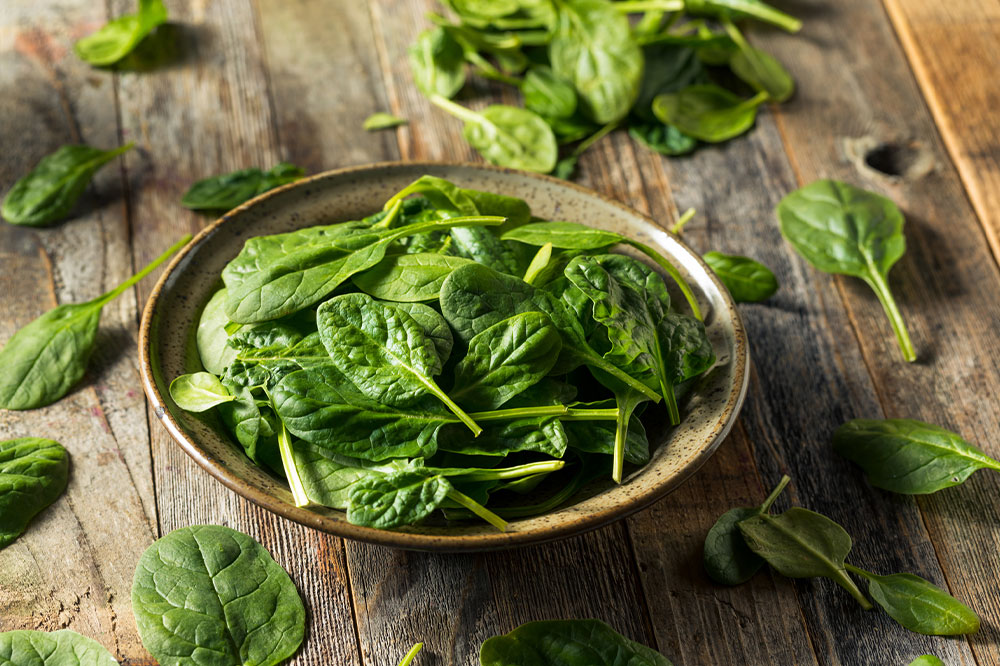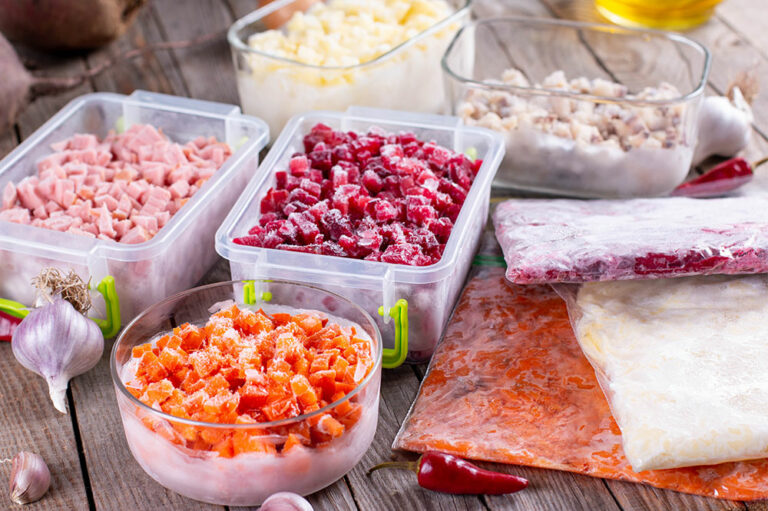8 food recommendations to increase red blood cell count

Red blood cells (RBC) act as lifelines to the human body, supplying oxygen from the lungs to different body parts and transporting carbon dioxide back to the lungs for exhalation. Essentially, hemoglobin, a protein contained in RBC, supplies oxygen to tissues. Low RBC count can lead to hemoglobin deficiency, causing less oxygen supply and triggering issues like fatigue, increased heart rate, and dizziness. Thus, here are some foods that can help with improving RBC count:
Spinach
A cup of frozen and boiled spinach contains 3.72 mg of iron, making it an excellent inclusion in one’s meal plan to increase RBC count. It is also packed with folic acid or vitamin B9, which helps the body develop red blood cells. The nutrients in leafy green vegetables like spinach, kale, and Brussels sprouts are absorbed better when one incorporates vitamin-C-rich foods like citrus fruits, peppers, and tomatoes into one’s meal plan. Thus, spinach and other leafy greens should be consumed alongside foods high in vitamin C.
Red meat
Red meat sources like beef and animal liver are extremely rich sources of iron, which is essential for increasing one’s RBC count. Every 100 grams of beef has approximately 2.47 mg of iron. Thus, it is a good idea to incorporate different types of unprocessed red meats, including beef, pork, lamb, and venison.
Chickpeas
A cup of chickpeas contains 3.7 mg of iron, making it a great vegetarian source of the element. They also contain lean, plant-based protein, boosting the body’s immunity. Chickpeas may be added to salsa and salads or prepared into delicious hummus. Moreover, adding a dash of lime juice to one’s hummus is an effective way to include vitamin C alongside iron-rich foods.
Beetroot
This vegetable is highly recommended for individuals with low hemoglobin levels, as it contains high levels of iron as well as folic acid, which is required to produce and repair RBC in the body. Beetroot may be incorporated into one’s meals in the form of juices, soups, smoothies, salads, etc.
Pumpkin seeds
An ounce of raw pumpkin seeds is packed with 2.7 mg of iron. In addition, they are rich in calcium, magnesium, manganese, and other essential nutrients. Hence, although these seeds may be tiny, they have high nutritional value and can help increase one’s RBC count. Pumpkin seeds may be eaten raw or roasted or used as seasonings.
Dates
Every 100 grams of dates contains 4.7 mg of one’s daily iron requirement. Thus, dates are advised for individuals with anemia and low RBC count. Dates may be added to fruit salads, milkshakes, smoothies, etc., or consumed directly for a boost to one’s hemoglobin levels.
Sesame seeds
Besides providing a crunchy element to one’s foods, sesame seeds replenish the body with much-needed iron. A tablespoon of sesame seeds contains 1.31 mg of iron; therefore, these seeds (raw or toasted) can be added to salads every day to increase hemoglobin levels in the body.
Beans
Beans are rich in folic acid, which the body requires to produce healthy red blood cells. They are also healthy fiber-rich foods, providing a boost to one’s immunity. Thus, different types of beans, including garbanzo beans, kidney beans, and black beans, should be a part of one’s meal plan to increase RBC count.



